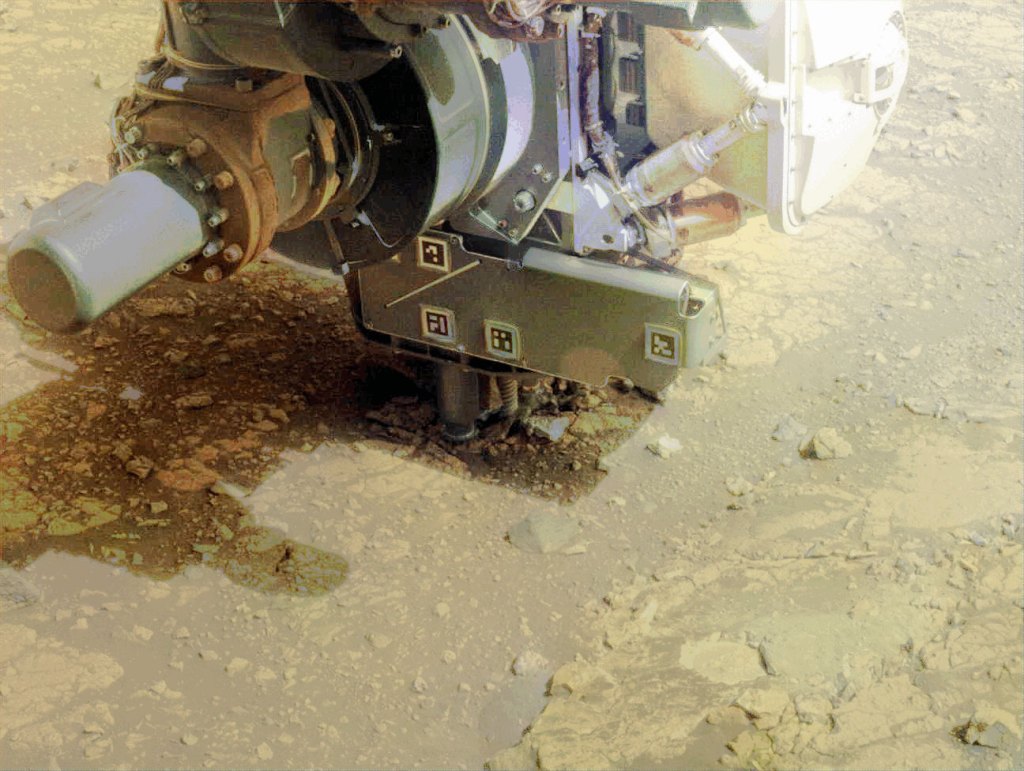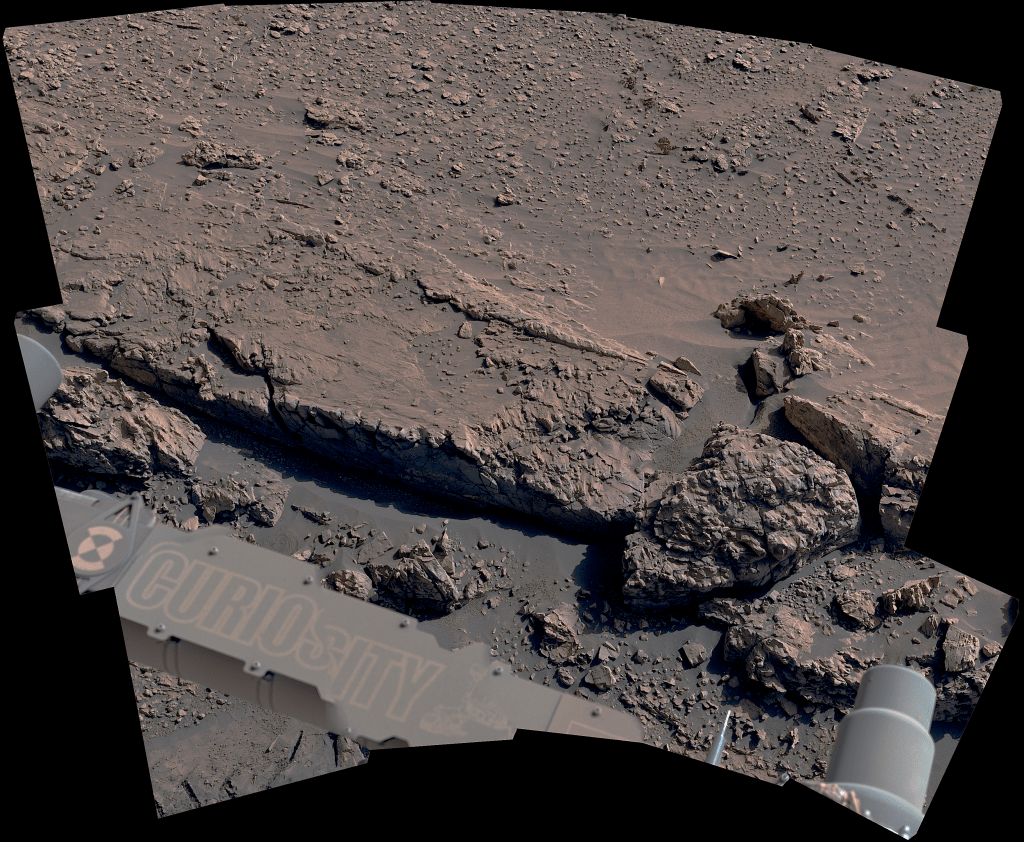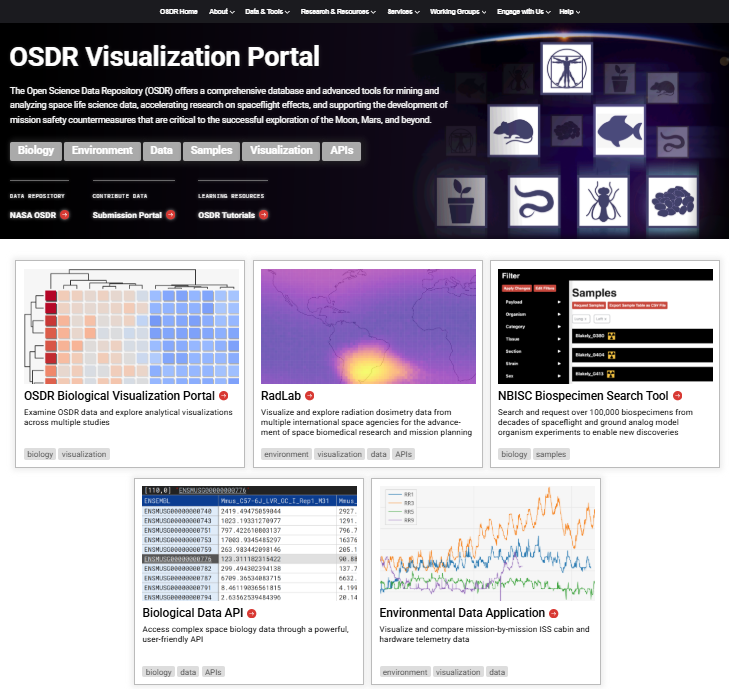NASA’s Global-scale Observations of the Limb and Disk, or GOLD, mission powered on the GOLD instrument for the first time after launch on Jan. 28, 7:23 p.m. EST.
The systems engineers successfully established communication with the GOLD instrument and its detector doors opened when commanded. After their tests, the engineers powered off the instrument the same day, at 7:40 p.m. EST. The instrument will remain powered off until its host satellite, SES-14, reaches geostationary orbit and GOLD operations commence later this year.
GOLD will investigate the dynamic intermingling of space and Earth’s uppermost atmosphere and seek to understand what drives change in this critical region. Resulting data will improve forecasting models of the space weather events that can impact life on Earth, as well as satellites and astronauts in space.
Jan. 26, 2018, Update – NASA Statement on Impact to GOLD Mission After Launch Anomaly
SES has informed NASA there is minimal impact on the SES-14 satellite carrying the agency’s GOLD instrument after a launch anomaly on Jan. 25, 2018. The satellite will reach geostationary orbit four weeks later than originally planned. As the spacecraft is in good health, we expect no effect on the quality of observations and data. Originally, science operations were expected to start in mid-October. Our partners are working to maintain that timeline as closely as possible. We will provide updates as they become available.























